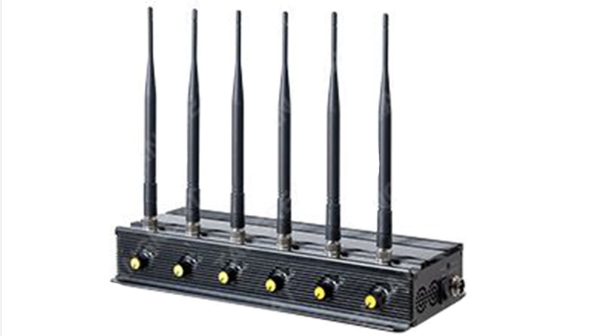From GPS trackers hidden under your car to hidden microphones embedded in smart lights, modern surveillance tools don’t need your WiFi password. They just let you steal everything you have without knowing it. But here’s the good news:
You can fight back with signal jammers (in many use cases)
But not all blockers are created equal. Whether you’re protecting a conference room, blocking a locator in your vehicle, or preventing corporate espionage, choosing the right blocker is the best way to solve your problem.
What’s the most important thing when choosing a signal jammer?
Buying the wrong jamming device could undo your hard work or, even worse, draw unwanted attention. Here’s how to avoid it.
Know what you are blocking: Frequency matters
Different threats operate on different frequency bands:
- GPS trackers typically use L1 or L2 bands
- Wireless spy microphones often use cellular frequencies (850-1900 MHz) or WiFi (2.4GHz/5GHz)
- LoJack-style recovery systems, BLE devices, and even satellite phones all use different frequency bands
If you are facing multiple threats, it is recommended to look for a multi-frequency scrambler like the P-US-016-1 that works for GPS, cellular, WiFi, and LoJack.
Output power is not just a number – it is a strategy
The higher the output power, the larger the jamming radius. But that doesn’t mean you should always max out your output power:
- Low-power RF jammers are good for close-range protection (small rooms, vehicles)
- High power signal jamming devices are good for larger open spaces or areas with stronger signals
⚠️Tip: Always balance output power carefully. Higher power usually means larger device size and more heat. Which brings us to…
Heat management: Don’t overlook cooling systems
Signal suppressors generate heat, especially high-power, multi-band models. A poor cooling system can degrade performance or cause failures.
It’s recommended to choose a device with the following features:
- Active cooling (high-speed fan ventilation)
- Passive cooling (natural heat dissipation from a heat sink or aluminum housing)
🔧 For 24/7 operation, consider the signal blocking equipment T-US-010-5 with integrated fan thermal control.
Coverage: More than just distance
The effectiveness of a jammer depends on ambient noise, obstructions, and target signal strength.
If you’re in an area with dense cellular towers, consider a higher-power suppressor. In contrast, in areas with weaker signals, a small directional RF scrambler may be all you need.
Battery-powered or wired? Choose based on your use case
- Battery-powered blockers are portable and concealed, making them suitable for field operations or mobile personal defense tools
- DC-powered units can run continuously without charging, making them suitable for permanent installation or long-term use.
Some new jamming equipments such as the P-US-05-3 offer dual power modes – to meet all needs.
How to effectively disable GPS tracking devices
GPS-based monitoring is cheap and easy to deploy today. Whether it is an AirTag under the car or a full-featured GPS locator, these devices can report your location every few seconds.
- These trackers rely on satellite triangulation – disrupting that link will cause them to fail.
- Portable GPS jammers for vehicle anti-tracking can prevent unwanted monitoring while driving.
- Look for models that can jam civilian GPS signals such as the GPS & GSM jammer CM4 for automotive use.
Final thoughts:
We lock our phones and set passwords for our routers.
But we forget that the radio waves are still open.
In an age when everything is being listened to, monitored, or tracked, choosing to interfere with those signals isn’t radical; it’s rational.
If you’ve ever felt like something — or someone — was getting too close to you, you were probably right.
The difference is, now you have a way.

